Semi In-Ground Pools
A semi inground pool offers the perfect solution for sloped landscapes. With one side seamlessly integrated into the ground like a traditional inground pool, and the other side raised above ground. There is no need for additional retaining walls with a semi inground pool.
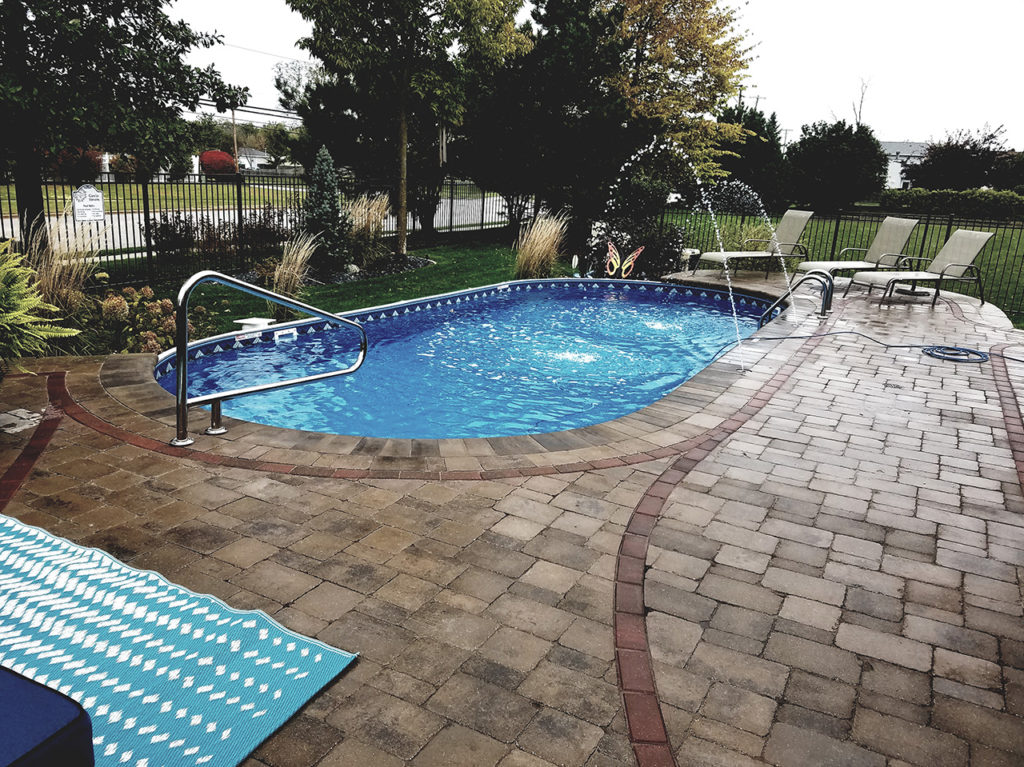
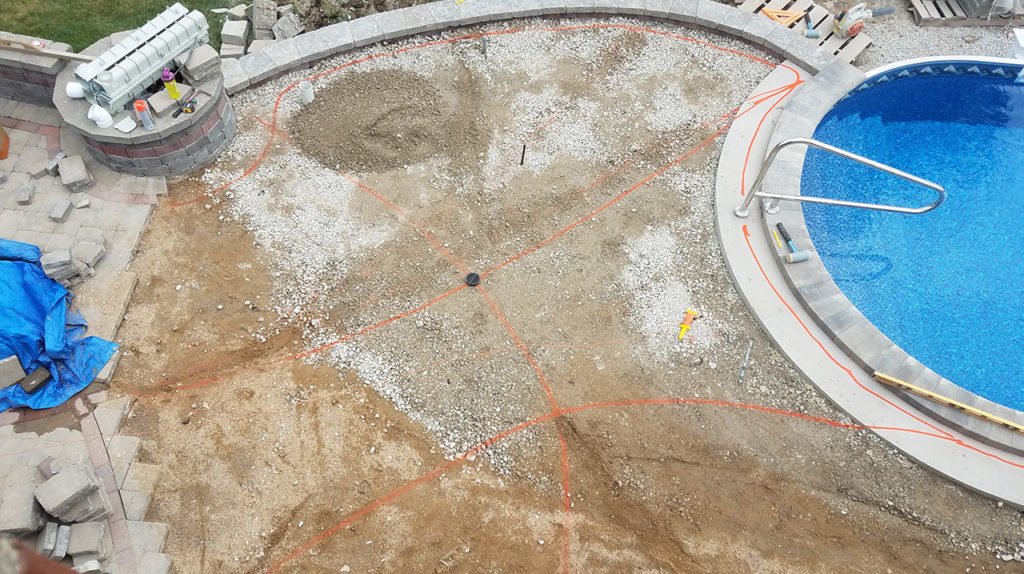
Contrary to popular belief, the cost of building a semi inground pool is comparable to that of a traditional inground pool. Both share the same high-quality components. The cost savings becomes substantial due to the minimized need for extensive retaining walls. From one angle, it exudes the sophistication of an inground pool, blending effortlessly with your landscape. From another, it saves on cost with the versatility of an above ground pool.
Ready to elevate your outdoor living experience with a semi inground pool from Frankfort Pools? Contact us today to schedule a consultation and take the first step toward creating the backyard oasis of your dreams. With Frankfort Pools, the possibilities are endless.
Find Out Why a Semi Inground Pool is the Ultimate Backyard Hack
Ready to explore how these Frankfort Pools clients in the Chicago suburbs found their perfect pool solutions? We’re sharing three examples where homeowners opted to spend the extra money on retaining walls to create their dream inground pools to avoid seeing the exposed walls of a semi-inground pool. In each of these examples the rigidity of a semi-inground pool would have been a more cost effective solution but it would not have achieved the look they were after.
Example 1: Tinley Park Inground Pool
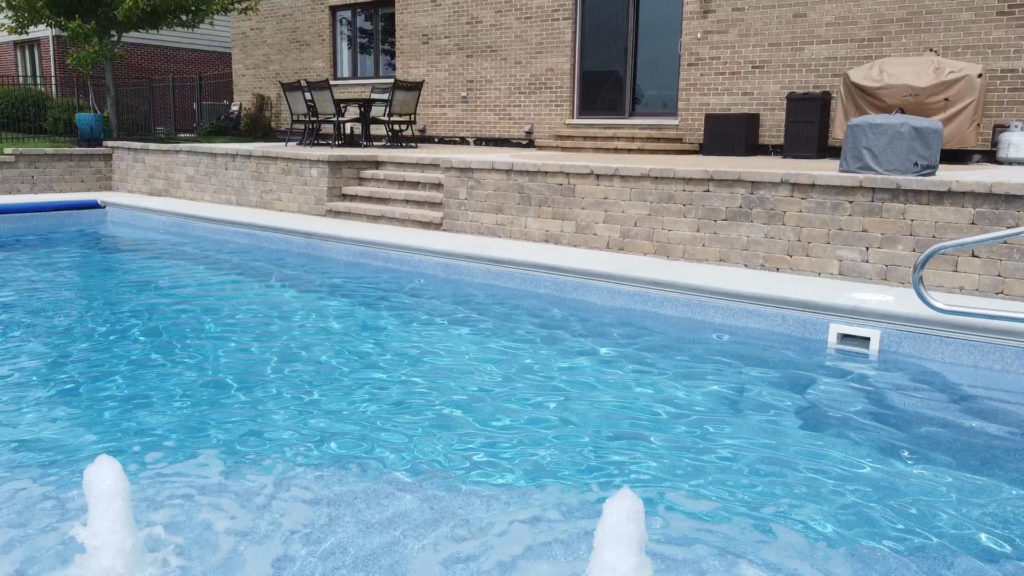
In Tinley Park, this Frankfort Pools client sought the timeless elegance of an inground pool. They did not want to see the exposed wall typical of a semi inground pool. Opting for an inground design, they incorporated a retaining wall into the entertainment area, seamlessly integrating the pool into the hillside (known as a pool IN a hill). While achieving their desired aesthetic, this decision added approximately 20% to the project cost in the form of retaining walls that would not be needed if they chose a semi inground pool.
Example 2: Orland Park Inground Pool
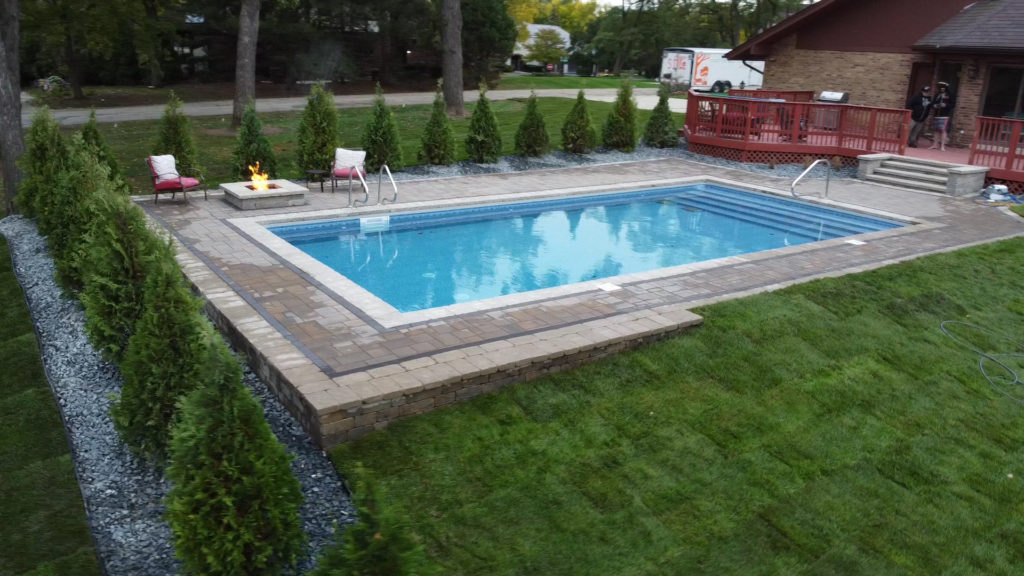
Meanwhile, in Orland Park, a client opted to position their pool at the top of a hill, necessitating additional walls on the far side for support. While enjoying the benefits of an elevated pool, this decision incurred a 20% increase in project cost due to the required wall construction.
Example 3: New Lenox Inground Pool
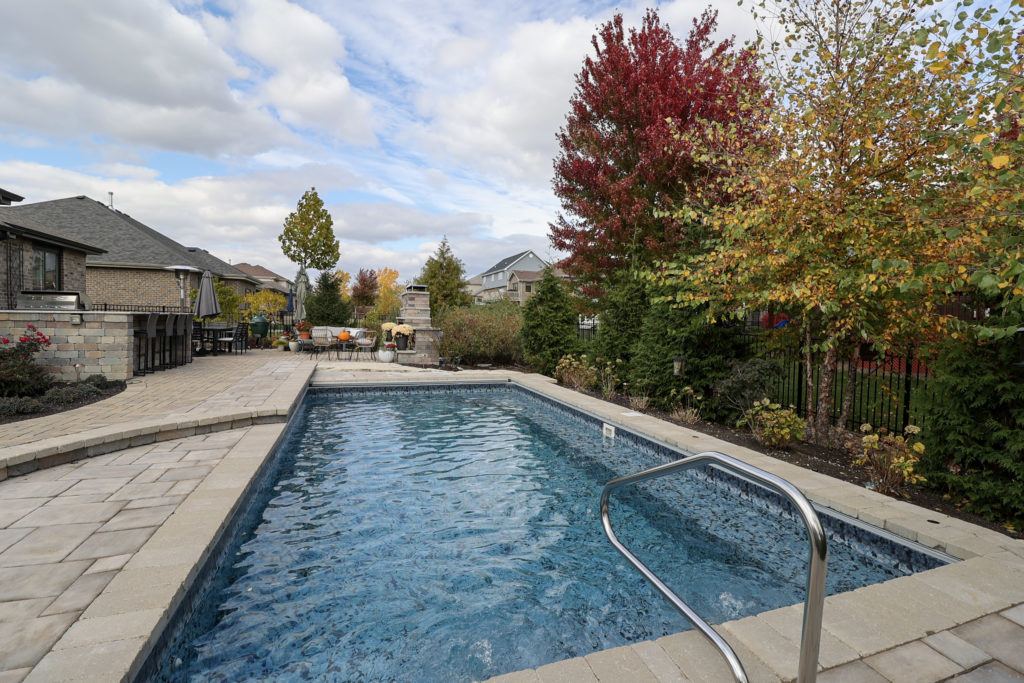
In New Lenox, another client prioritized a natural look and feel of an inground pool. They did not want to see large retaining walls on any one side of their pool. Instead, they chose to sink the pool into the hill on one side and elevate it on the other, requiring smaller walls on all four sides. Although visually stunning, this (mid-hill) approach proved to be the most expensive option, with wall construction contributing to a 40% increase in project cost over that of a semi inground pool.

